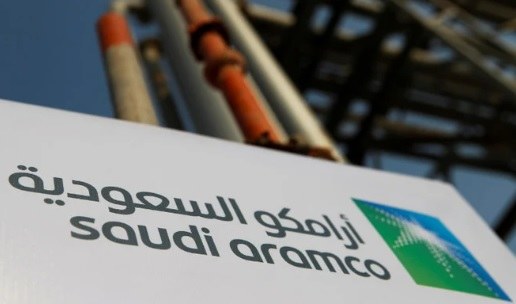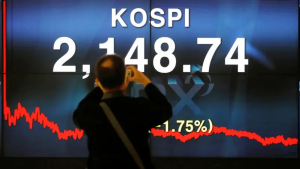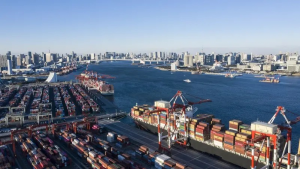Saudi Arabia's state oil company Aramco may reportedly keep the price of its flagship Arab Light crude oil to Asia more or less the same in December after five consecutive months of price hikes. This comes as the oil market, which has been jittery due to geopolitical tensions, struggles to balance supply concerns with declining demand.
Aramco may price its medium sour crude oil at about $4 a barrel above the Oman/Dubai average, according to a survey of five respondents by Reuters.
Crude oil prices rallied sharply after a sudden attack by Palestinian resistance groups, mainly Hamas, on Israel on October 7, raising concerns that the conflict could spread to other parts of the Middle East and disrupt oil production.
The World Bank warned Monday that the escalation of the Israel-Palestine conflict could trigger a dual shock to the global commodity markets, boosting oil prices between 3% and 75% compared to the current quarter.
But the price rally has subsided as there has been no physical loss of supply from the market, and the outlook for economic growth in China, the world's largest oil importer, remains uncertain.
"The geopolitical concerns are still lingering, and there is a risk of supply tightness. But a more immediate problem is that refining margins are weakening and oil demand is going down," said one respondent.
Saudi Arabia has voluntarily extended its oil production cut of 1 million barrels per day (bpd) until the end of the year to stabilize the oil market.
Aramco usually bases its official selling price (OSP) for Arab Light on the Dubai market structure, which reflects the price difference between the first and third months of delivery. In October, the Dubai market structure increased by $0.04 from the previous month.
The survey respondents expected Aramco to raise the price of Arab Extra Light crude oil by at least $0.1 per barrel month-on-month in December, in line with the strong performance of the light sour benchmark Murban crude oil.
Brent crude futures rose nearly 1% to $85.8 per barrel as of 1:48 pm GST, while US West Texas Intermediate (WTI) crude gained nearly 1% to $81.8 a barrel around the same time.
"Crude prices are steadying ahead of a key issuance update by the Treasury and FOMC rate decision," Edward Moya, senior market analyst at OANDA, told Reuters. He was referring to the US Federal Reserve's Federal Open Market Committee, which reviews the country's monetary policy.
"Geopolitical risks remain, and that seems to offset some of the record production levels that are coming from the US."
Investors are closely monitoring Wednesday's Fed meeting and earnings from tech giant Apple on Thursday for any signs of a slowdown in the US economy, which could dampen fuel demand in the world's largest oil consumer.
The vast majority of analysts expect the central bank to maintain steady interest rates at the current target rate of 525-550, according to the CME FedWatch Tool, while the Bank of England will also be meeting to review its monetary policy.
Interest rate hikes can slow economic growth and reduce oil demand, while interest rate cuts can boost spending and increase oil consumption.











